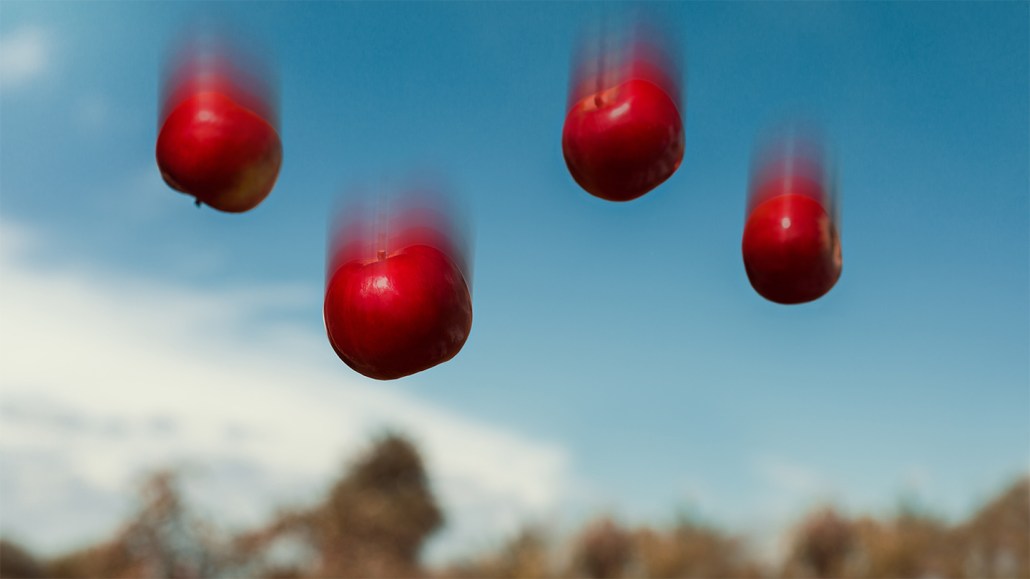
Newton’s gravitational constant — or “Big G” — determines the strength of gravity, affecting how objects like these apples fall. But Big G is hard to precisely pin down. A new technique could eventually help cut down on that wiggle room.
nastenkapeka/iStock/Getty Images Plus, adapted by E. Otwell







